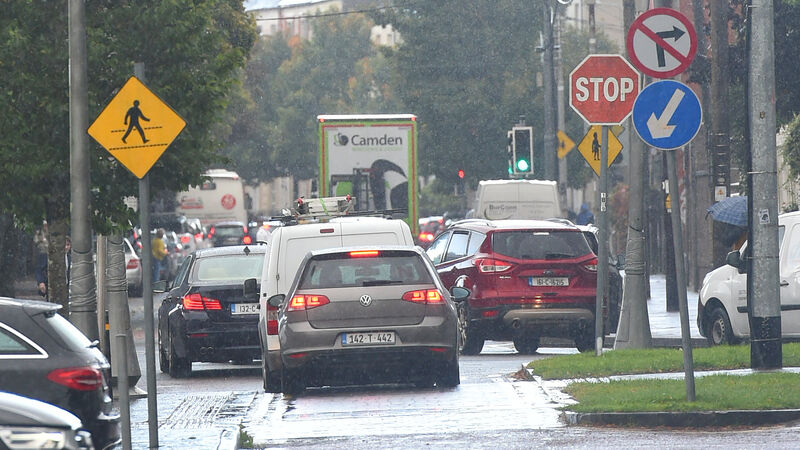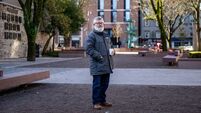Michael Moynihan: A sense of driver entitlement — where the streets have no laws

The inconvenience of careless and ignorant parking is usually temporary and relatively harmless, but anything which makes driving more dangerous needs to be dealt with. File picture: Larry Cummins
Last week I wrote about air quality in Cork, specifically, how bad it can be. Along the way I learned about the dangers posed by wood-burning stoves and Cork’s unique bowl-like topography, two contributing factors to the problem.
The pollution caused by cars — non-electric cars, at least — is another contributing factor, something that’s known to us all.












